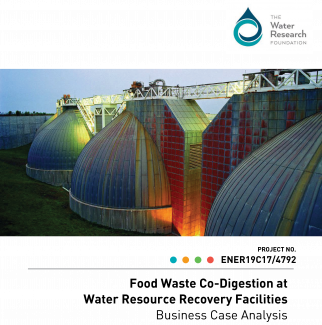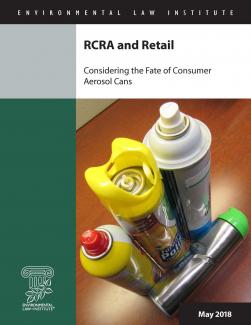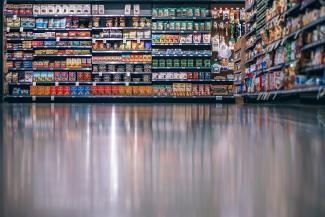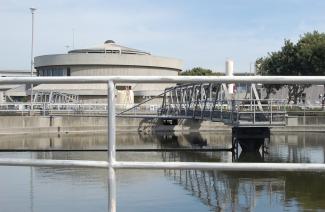New Report Identifies Opportunities for Successful Co-Digestion at Water Resource Recovery Facilities
(Washington, D.C.): Diverting food waste feedstocks like fats, oils and grease, food scraps, and food processing residuals to anaerobic digestion at water resource recovery facilities (WRRFs) can provide significant benefits to WRRF finances, as well as to our environment and community well-being; however, WRRFs face a number of hurdles that leave this potential sustainability strategy largely untapped. Fewer than 1 in 10 WRRFs use anaerobic digestion to process wastewater solids, and only 1 in 10 of these are co-digesting high-strength organic wastes.






![Food Waste By Taz [CC BY 2.0 (http:/creativecommons.org/licenses/by/2.0)], via Wikimedia C](/sites/default/files/styles/max_325x325/public/images/blog/800px-gi-market-food-waste.jpg?itok=OSYlooka)